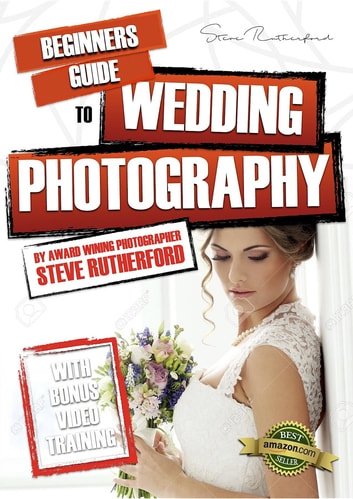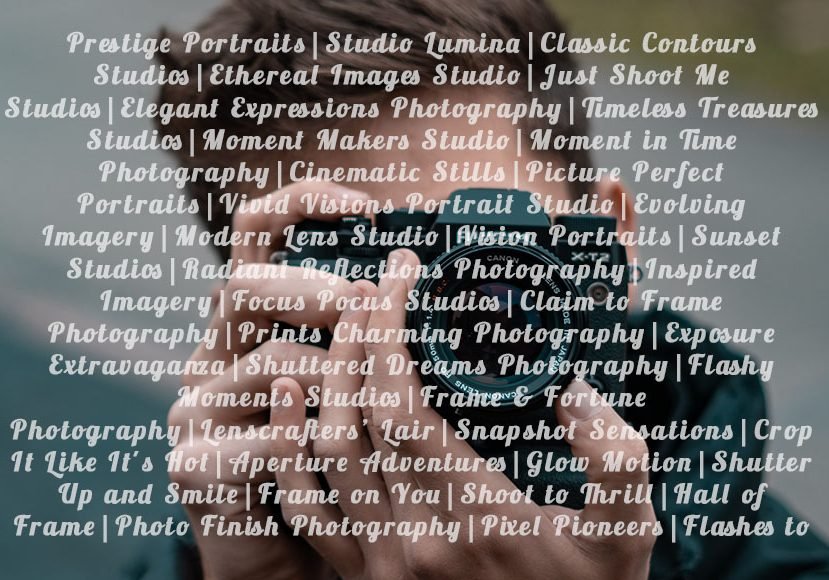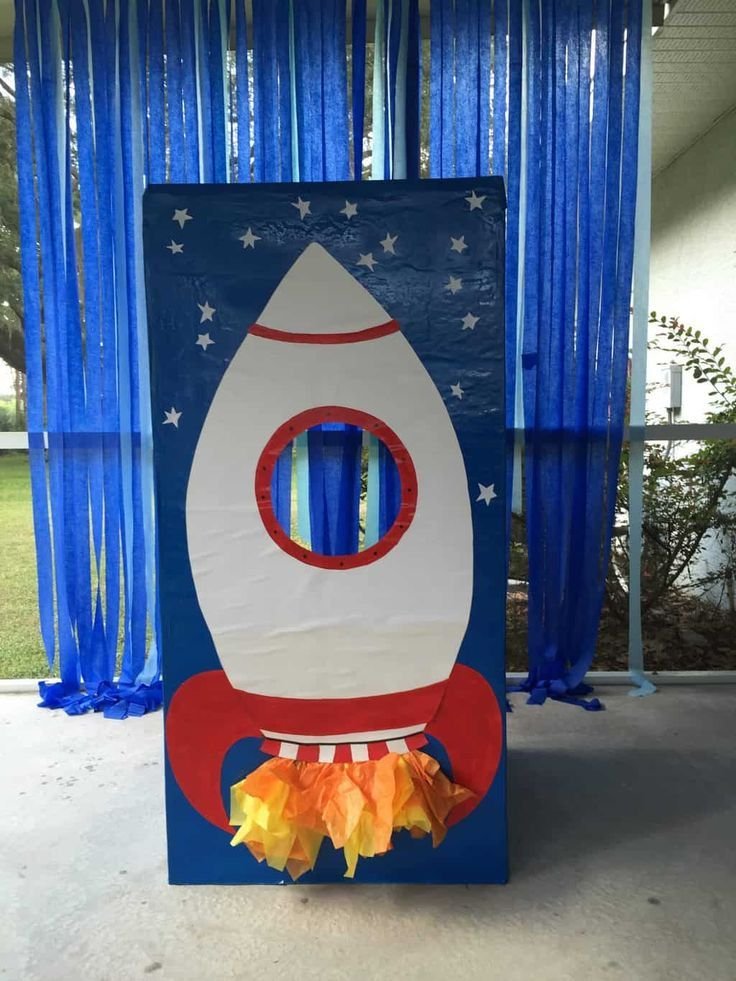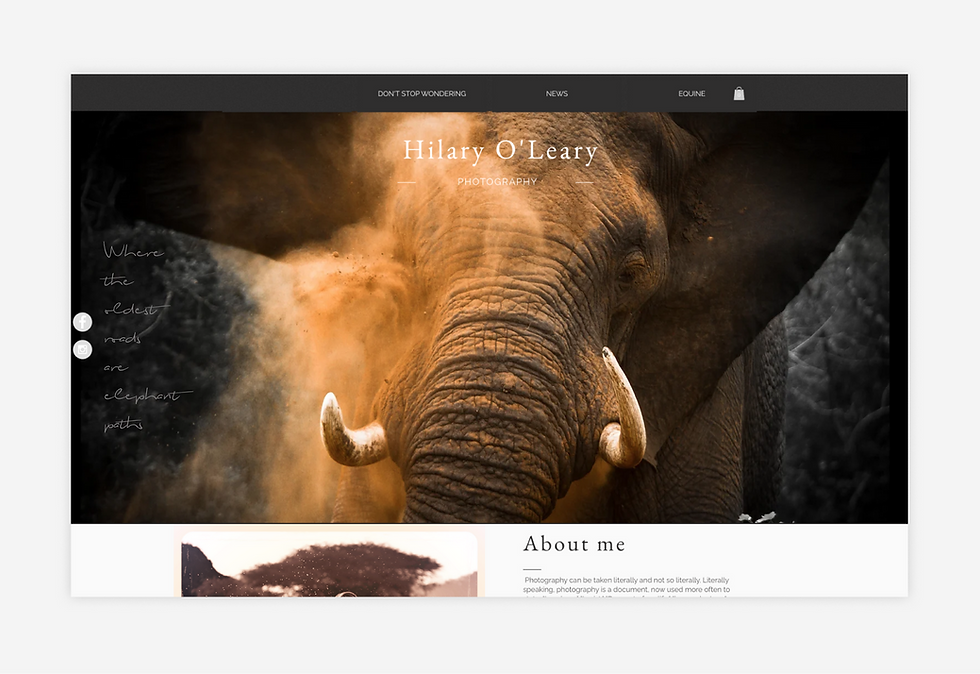Discover how early examples of art photography often imitated traditional painting styles, blurring the lines between visual arts and photography. Explore the fascinating history of this trend in our latest article on TheBestPhotoStudio.
Exploring Early Imitations in Art Photography
Exploring Early Imitations in Art Photography can provide valuable insights into the evolution and development of the medium. During the early years of photography, many photographers sought to imitate the styles and techniques of traditional art forms such as painting. This imitation was often seen as a way to legitimize photography as an art form in its own right. By studying these early imitations, we can gain a better understanding of the influences and motivations behind the work of early photographers. Additionally, exploring these imitations can help us appreciate the ways in which photography has both borrowed from and diverged from traditional art forms over time. Overall, examining early imitations in art photography enriches our appreciation of the medium and its complex relationship with other artistic practices.
Abstract Photography Ideas – Change your Photography FOREVER!
Transform Your Photo Prints Into Mixed Media Art
What was the first example of photography?
The first example of photography as we know it today can be traced back to the 1820s and 1830s. French inventor Joseph Nicéphore Niépce is credited with creating the first successful permanent photograph in 1826 or 1827, using a process known as heliography. This image, titled “View from the Window at Le Gras,” depicts the view from his estate in France. It is considered to be the earliest surviving photograph created through a light-sensitive process.
What impact did early photography have on the art world?
Early photography had a significant impact on the art world, particularly in the realm of Art Photography. It provided artists with a new medium through which they could explore and express their creativity. The ability to capture precise visual detail through photography challenged traditional artistic techniques such as painting and drawing.
Photography’s influence on art was both disruptive and inspirational. The realism and accuracy of photographic images pushed painters and other artists to experiment with new styles and techniques. Photographers like Alfred Stieglitz and Edward Steichen played crucial roles in elevating photography to an art form in its own right, rather than just a tool for documentation.
The emergence of Art Photography paved the way for new artistic movements such as Pictorialism and Modernism, where photographers sought to convey emotion and narrative through their images. This shift in artistic approach was revolutionary and reshaped the way artists and the public perceived photography.
Overall, early photography expanded the boundaries of art and creativity, challenging artists to think differently about their work and how they could communicate their vision to the world. Its impact is still felt today in the diverse and dynamic field of Art Photography.
What was the early photography technique?
The early photography technique was daguerreotype, invented by Louis Daguerre in the 1830s. This process involved creating a unique image on a silvered copper plate, which resulted in highly detailed and sharp photographs. The daguerreotype technique was widely popular in the early days of photography and set the foundation for the development of modern photographic processes.
What was photography like in the early 1900s?
Art Photography in the early 1900s saw significant advancements and changes. With the introduction of more portable cameras like the Kodak Brownie, amateur photography became more accessible to the general public. Artists started experimenting with new techniques and styles, moving away from the traditional pictorialist approach.
Modernism began to influence art photography, leading to a focus on abstraction, experimentation, and capturing raw emotions. This period also saw the rise of influential photographers such as Alfred Stieglitz, Edward Steichen, and Man Ray, who played a pivotal role in shaping the future of photography as an art form.
In terms of technology, the early 1900s saw improvements in film quality, allowing for sharper images and greater detail. This, combined with the development of new printing techniques, enabled photographers to achieve more refined and impactful visuals.
Overall, Photography in the early 1900s was a period of innovation and experimentation, paving the way for the diverse and dynamic art photography landscape we see today.
Frequent Questions
What were some early examples of art photography that frequently imitated other art forms?
Daguerreotypes were some early examples of art photography that frequently imitated other art forms.
How did early practitioners of art photography draw inspiration from established artistic movements?
Early practitioners of art photography drew inspiration from established artistic movements by adapting techniques and philosophies from movements such as Impressionism, Surrealism, and Cubism to their photographic work.
In what ways did early art photographers mimic the styles and techniques of traditional art mediums in their work?
Early art photographers mimicked the styles and techniques of traditional art mediums by experimenting with composition, lighting, and subject matter to create aesthetic and expressive images that resembled paintings or drawings.
In conclusion, the early examples of art photography demonstrate a trend of imitating established artistic styles. While this approach helped photographers gain recognition and credibility in the art world, it also highlights the evolution and innovation within the realm of Art Photography. Moving forward, artists have continued to push boundaries and challenge traditional notions of what constitutes art, paving the way for a diverse and dynamic landscape in the field of photography.







